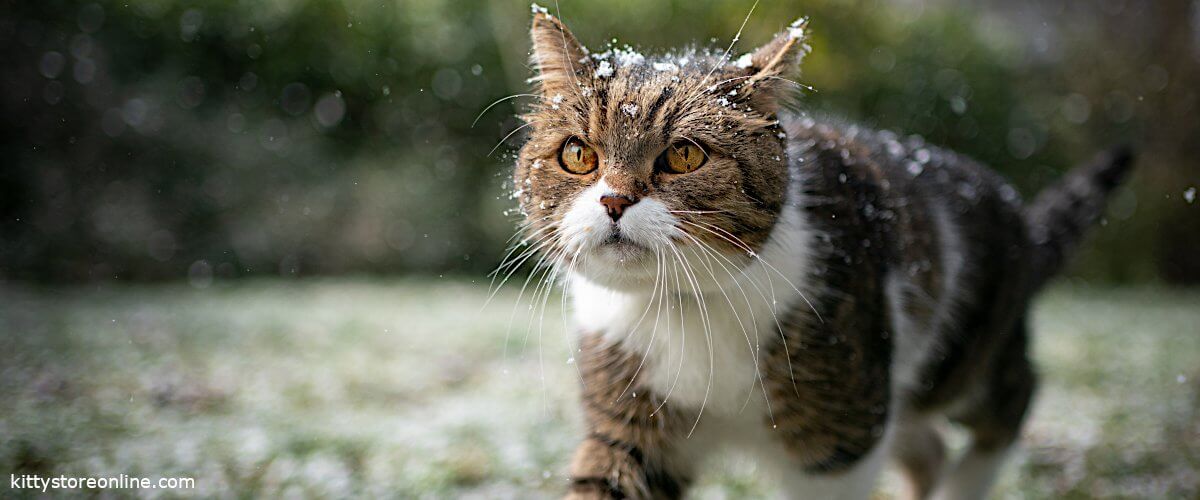Wheels are known mainly by hamsters, which turn their rounds in it night after night to live out their urge to move. Does a cat that is not an outdoor cat also need an exercise wheel, and how must an exercise wheel be designed for a cat to use it? These are the questions we will explore here.

Why a treadmill for cats?
Cats are excellent hunters in the wild. They lie in wait for their prey and sprint off at an opportune moment to take down their prey. Unlike dogs, cats are not persistent runners who encircle their prey or take them down by chasing them. Anyone who has a cat at home knows that cats doze off all day long. But you also know the famous five minutes in which the house tigers race like mad through the apartment to release the pent-up energies. If your cat is bored, a running wheel for cats can be a new pastime that will restore your cat’s zest for life. Especially if the freedom of movement is limited, if the cat is an indoor-only cat or if the cat is a bit overweight, the cat treadmill can help the cat to have more freedom of movement. Nevertheless, not every running wheel appeals to every cat in the same way. Some cats use it several times a day for a quick sprint. Others pace leisurely and gracefully in the running wheel for a longer time and cat seniors do the steady movement in the joints good, so they use the movement in the cat running wheel against pain.
No products found.
Cat wheel: size and equipment
A cat exercise wheel requires quite a bit of space in the home, as its diameter measures around 125 cm to 150 cm. Small cat breeds can manage with a diameter of 75 cm, for large cat breeds the diameter can be 180 cm. The diameter should be at least large enough so that the spine of the cat is not curved when running. A cat exercise wheel is made of wood or plastic, is colored or natural and the running surfaces are lined with carpet, foam or rubber coating, for example, so that the cat steps safely. A cat treadmill is always designed to be open so that when the cat runs out of steam, it can more easily jump out to the right or left. Depending on the model, the side facing the wall may also be lined. Each cat wheel has a stand on which the wheel is suspended. A ball bearing ensures that the wheel rotates. A cat wheel without a central axle runs on several ball-bearing rollers. When turning, there is always noise, sometimes more, sometimes less.
One cat wheel – several qualities
Either you receive a cat wheel fully assembled with the shipping company or the arc segments of the wheel are assembled after unpacking. When buying cat running wheel, make sure that it does not smell unpleasant and the cat may not want to use it because of the smell.
Clean the cat’s wheel
A plastic cat wheel is wiped with a damp cloth. The running surface is wiped or vacuumed. A wooden cat treadmill you need to dust from time to time. The tread we vacuumed or damp wiped depending on the covering.
Getting the cat used to the wheel
Curious cats often use the wheel as soon as it is set up. Fearful cats take several months to overcome their fear. Other cats can’t make up their minds and just rock the wheel back and forth with their front paw or use the wheel as a lounging spot. Include the cat treadmill in the daily play and place a snack on the running surface or lure the cat with a cat fishing rod into the wheel. For very cautious velvet paws, you can fix the rotating function for the first few times until the cat has become accustomed to it. Clicker training followed by a reward is also suitable to introduce the cat to the running wheel.